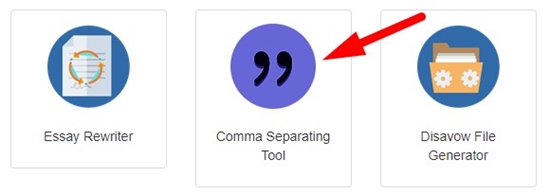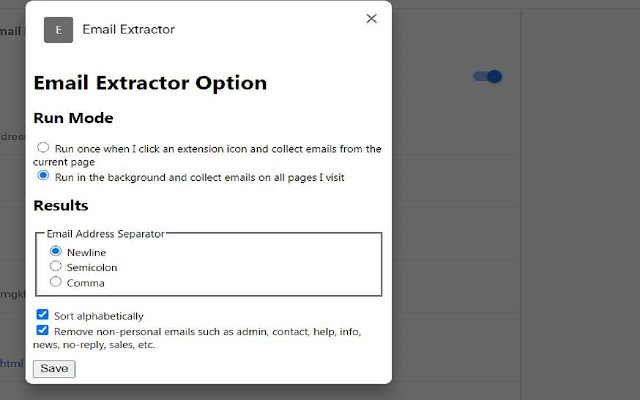
- #Email separator comma or semicolon serial
- #Email separator comma or semicolon manual
- #Email separator comma or semicolon full
#Email separator comma or semicolon serial
#Email separator comma or semicolon manual
For example, the first edition of The Chicago Manual of Style (1906) recommended placing the semicolon inside ending quotation marks.

They also typically recommend placing semicolons outside ending quotation marks, although this was not always the case. Modern style guides recommend no space before them and one space after.

Some guides recommend separation by a hair space. Ideally, the space is less wide than the inter-word spaces. In older English printed texts, colons and semicolons are offset from the preceding word by a non-breaking space, a convention still current in present-day continental French texts. Semicolons are followed by a lower case letter, unless that letter would ordinarily be capitalised mid-sentence (e.g., the word "I", acronyms/initialisms, or proper nouns). The most common use of the semicolon is to join two independent clauses without using a conjunction like "and". The plural of semicolon in English is semicola or semicolons. The semicolon falls between terminal marks and the comma its strength is equal to that of the colon.
#Email separator comma or semicolon full
full stops, exclamation marks, and question marks) indicate the end of a sentence, the comma, semicolon, and colon are normally sentence-internal, making them secondary boundary marks. The modern uses of the semicolon relate either to the listing of items or to the linking of related clauses.Īlthough terminal marks (i.e. Ben Jonson was the first notable English writer to use the semicolon systematically.

Manutius established the practice of using the semicolon to separate words of opposed meaning and to allow a rapid change in direction in connecting interdependent statements.

Go to the Send messages section, check the Comma can be used to separate multiple message recipients box, and then click OK button.The first printed semicolon was the work of the Italian printer Aldus Manutius the Elder in 1496. In the Outlook Options dialog box, click Mail in the left bar. If you are using Outlook 2010 or 2013, you can allow comma as addresses separator as follows.Ģ. Click OK buttons in the following dialog boxes to finish the settings.įrom now on, both semicolon and comma can be used to separate multiple message recipients while composing emails.Īllow comma as addresses separator in Outlook 20 In the Advanced E-mail Options dialog box, please check the Allow comma as address separator box, and then click OK button. Then click the Advanced E-mail Options button in the E-mail Options dialog box.Ĥ. In the Options dialog box, please click the E-mail Options button under Preferences tab.ģ. In Outlook 2007, you can allow comma as addresses separator as follows.ġ. Allow comma as addresses separator in Outlook 2007


 0 kommentar(er)
0 kommentar(er)
